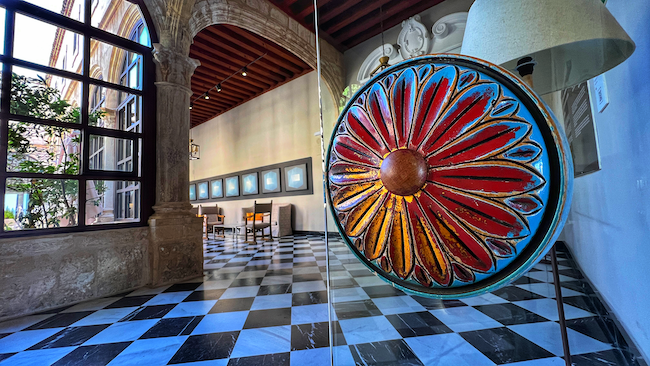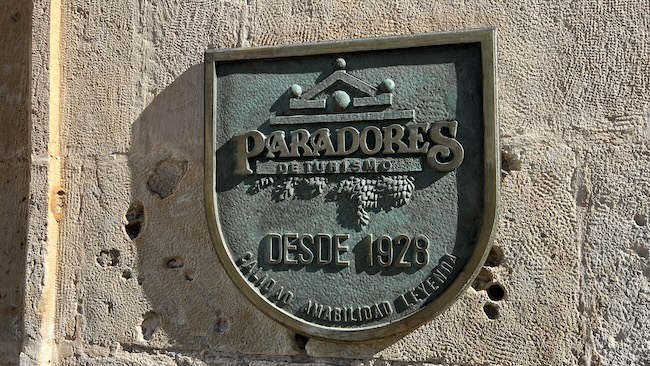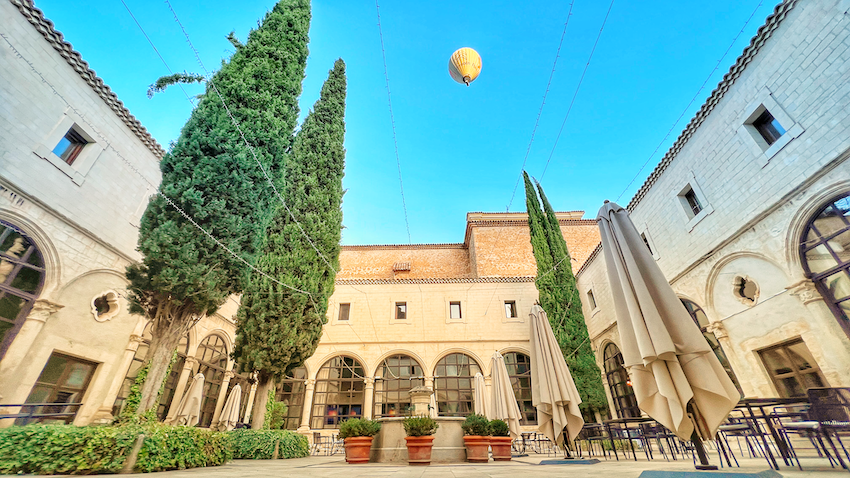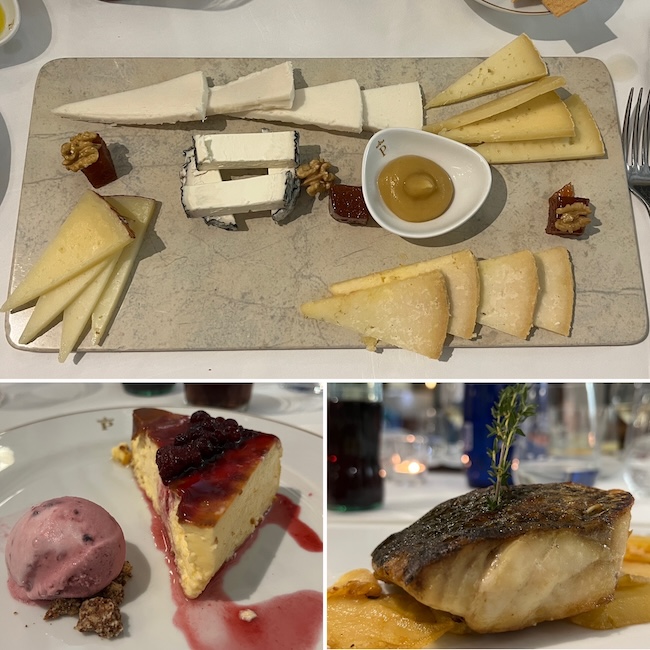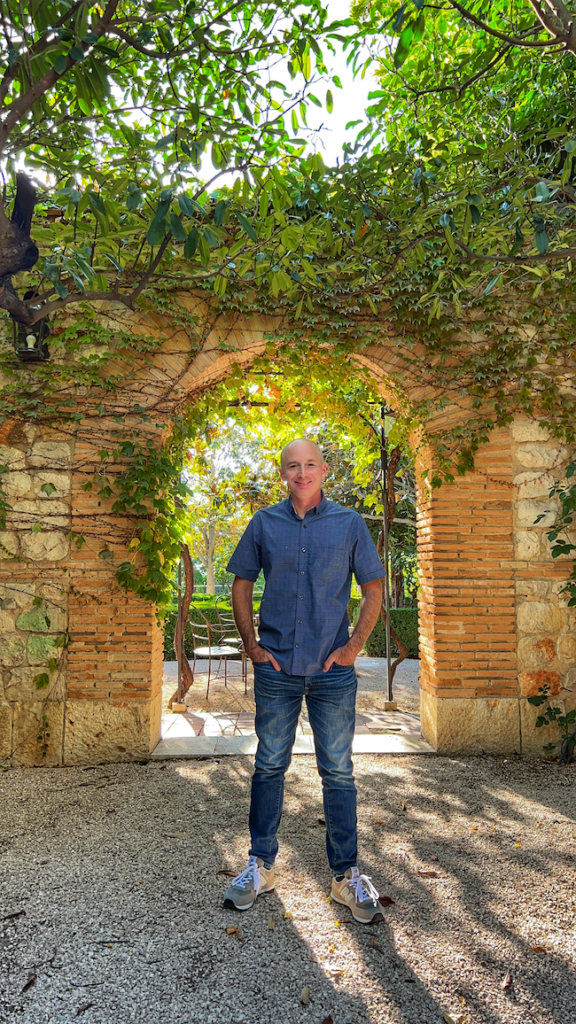It was one of the first questions I had as my plans for visiting Spain began to take shape. What is a parador? The actual definition of a parador is "an inn or stopping place" but that hardly gives the full explanation of why these unique Spanish hotels exist and how they can make your visit to Spain so much more memorable.
What Is A Parador? A Quick History Lesson
So what is a parador? The origin of these historic hotels goes back to 1910 when the Government of Spain concluded that the country lacked a suitable lodging infrastructure for travelers. In the late 1920s, the country's Royal Tourism Commission began searching for historic places throughout Spain that could double as unique hotels for visitors.
Each new parador offered travelers a unique hotel but more importantly, often served as a way to restore or preserve many of Spain's important buildings and structures. By the 1960s, Spain rapidly expanded its network of Paradores. Today, there are 97 Paradores in Spain and each has an interesting historical significance.
A parador can be anything from a former convent to a refurbished hospital. They range from castles to monasteries and everything in-between. These historic buildings tend to be located in areas with beautiful scenery or jaw dropping views of countryside landscapes or city skylines. Many of the paradors make it easy to explore a town by foot or bicycle. Depending on the season, the rates are generally reasonable as well.
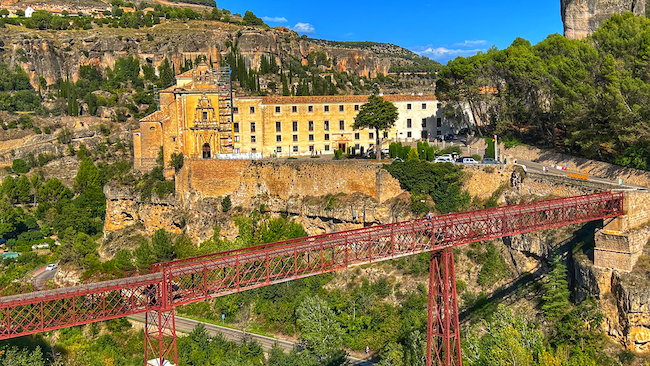
What's It Like To Stay At A Parador in Spain?
I've stayed at three different paradors during my time in Spain and would love to stay at others. (After all, there are nearly 100 to visit!) Each of them were welcoming and offered unique experiences in terms of dining, local attractions nearby, and scenery.
The Parador de Cuenca - arguably my favorite of the three I visited - is the former convent of San Pablo and offers the best view in town of the world famous "hanging houses". The building sits atop a bluff with incredible views in all directions. The town's cultural sites, shops, and restaurants are accessible by foot across an historic pedestrian bridge.
On two separate occasions, I happened to spot hot air balloons soaring over the town. Once from the window in my room and another time in the parador's beautiful courtyard. The courtyard itself was an amazing gathering space - one of many where you could just chill and relax.
I also stayed at the Parador de Toledo which was more of a modern property with amazing views of the historic "city of three cultures". From the parador's large patio where visitors gathered to mingle and dine, the views, especially at night were breathtaking.
The guest rooms in all three paradors were spacious, clean, and offered a great view from a window or balcony. The bathrooms were also spacious and clean. At least one of the paradors offered a small dessert or locally made candy as a welcoming gift.
The first parador I experienced was in the town of Chinchon. The building that is now the Parador de Chinchon has been a monastery, school, courthouse, and even a regional prison! The grounds of the parador were relaxing to walk around and included a nice swimming pool. This particular parador was in the perfect location to walk around and browse the local shops or grab a bite to eat.
Do Paradors Have Breakfast?
Each of the paradors I visited had a dining room and offered meals for breakfast and dinner. I'm uniquely unqualified to offer a review of food as I was easily the most picky eater on our trip. However, I can tell you that breakfast in all three places was terrific.
In fact, I was surprised at the variety of breakfast options available for guests. Obviously, there was a wide array of pastries and sweets. In Toledo, there was an option for a full breakfast that included things like eggs and bacon and churros. (It should be noted that Spain's version of churros are not loaded with sugar like the ones you'd find here in the U.S. In fact, I don't think they had any sugar at all!)
An Enlightening Tip When Staying in A Parador
One thing I had never experienced while traveling overseas was having to unlock your hotel room's power source. In other words, you needed to use your room key to not only access your room, but turn on its lights and power outlets.
While staying at the parador in Toledo - I was dumbfounded by the lack of working power outlets. After bringing this to the attention of my fellow travel writers, they chuckled and told me I needed to insert my room key into the outlet by the door. Sure enough - that turned on the lights! Since then, I've learned that many guests request two room keys so they don't have to constantly worry about this.
Why It's Cool To Stay At A Parador During Your Visit To Spain
You're already headed to Spain to soak in the culture, the historic sites, and beautiful views of ancient buildings and cities - why not stay in a parador that offers those same things?
So what is a parador? It's like going back in time and experiencing a bit of history. You can literally stay in a castle, a mansion, a monastery or even a former prison! Each parador has a story to tell and offers travelers a terrific and unique way to fully immerse themselves in the local culture.
To browse a complete listing of the 97 Paradores in Spain, you can check out their official website for locations, history, and current rates.


